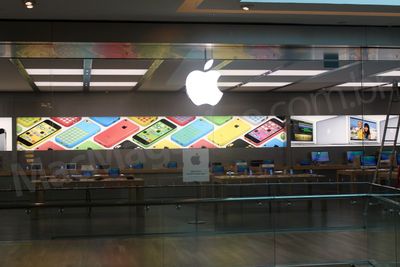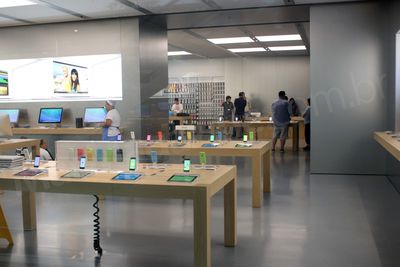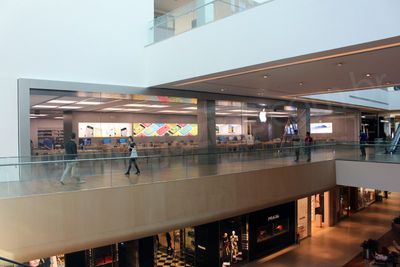T-Mobile is planning to implement some changes to its "Jump" early upgrade program, according to TmoNews. The company has plans to nix the six month waiting period and eliminate limits on how often customers can upgrade their devices, but there's a caveat – under the new terms, customers must pay off 50% of their existing device costs before being allowed to upgrade. As with the existing program, device trade-in is also required.

Previously, customers could upgrade their phone twice per year after a six month waiting period, without a specific number of payments made on a device. T-Mobile would then cover the cost of the remaining payments, whereas now, the company will only cover 50% of the cost as outlined by a T-Mobile representative.
Whenever you're ready to upgrade, trade in your device and T-Mobile will pay your remaining device payments up to 50% of the device cost. There is no more waiting period or limit to the number of times you can upgrade per year.
For the entry-level 16GB iPhone 5s, a T-Mobile customer must pay either $648 or $27 a month with a $0 downpayment. Under the existing program, a customer could initially upgrade to a new phone after six months of payments, or $162. A subsequent, second yearly update could be even cheaper for the customer depending on the gap between updates.
Under the plan's new terms, customers will only be able to upgrade their phones after paying half of the cost of the iPhone 5s, or $324, the equivalent of 12 payments. To upgrade more frequently than once a year, customers will need to shell out additional cash to reach 50% of the device cost.
T-Mobile is allowing current Jump customers to be grandfathered in to the existing plan, which means they will be able to upgrade before paying off half of the device costs.
Along with implementing some changes to the way Jump works, T-Mobile is also adding tablets to the plan.
The changes to Jump will go into effect on February 23.


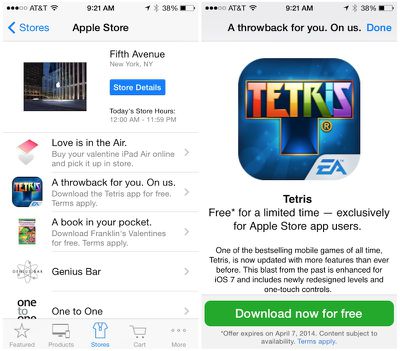


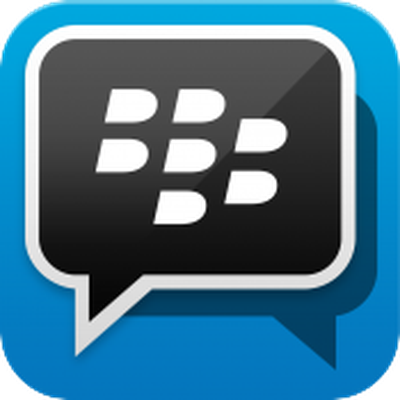 BlackBerry Messenger for iOS was
BlackBerry Messenger for iOS was 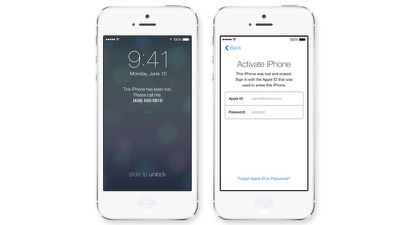

 Taco Bell is planning to roll out its mobile ordering platform nationwide later this year,
Taco Bell is planning to roll out its mobile ordering platform nationwide later this year, 
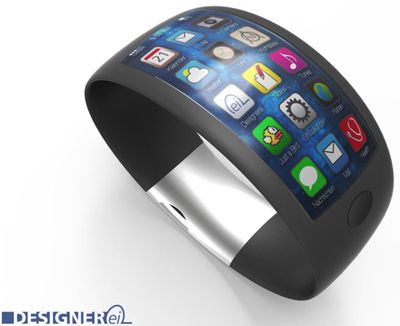
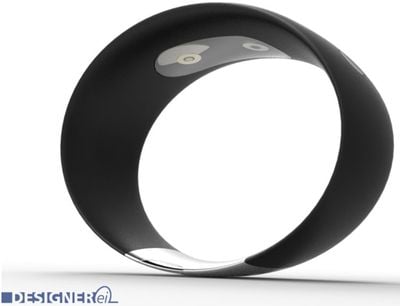
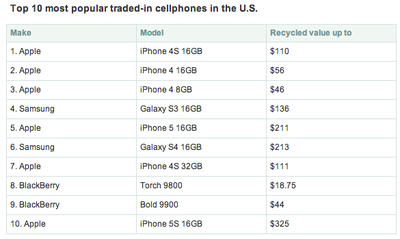




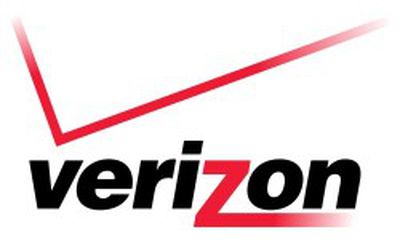 Verizon today introduced its
Verizon today introduced its 